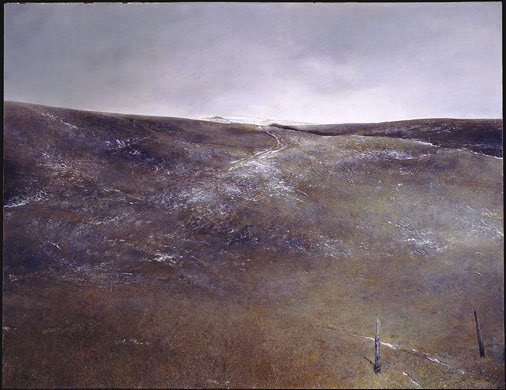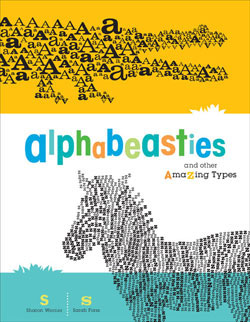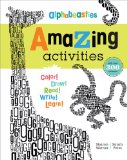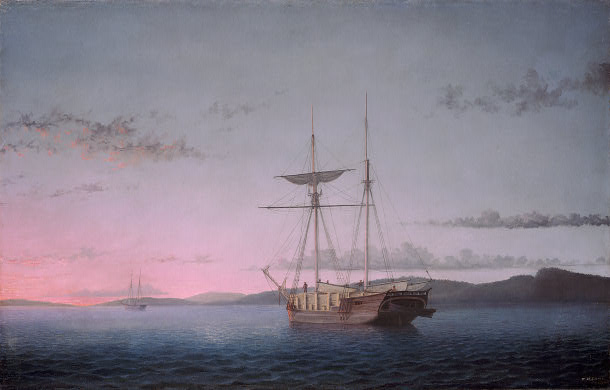
This week in the Middle Grade Gallery, a painting (one of several) from a brand-new novel I absolutely adore and can't wait to review. In the tradition of paintings like the one of the Narnian ship at sea, it's a portal to another, mysterious place.
It was a painting of a forest at night. The twigs of leafless trees made a black web against the sky. A full moon pressed its face through the clouds, touching a path of white stones that led into the dark woods and disappeared. But it seemed to [her] that somewhere, maybe just at the end of that white path, maybe in the darkness where the moonlight couldn't reach--there was something else within that painting. Something she could almost see.
[Me again.] Okay, so there are no trees in Andrew Wyeth's Snow Flurries, 1953 (NGA). There is the suggestion of a white path, though, and of something else....
I'll reveal (and review) the source of this description next week. In the meantime, please comment if you can recall any other portal paintings in middle grade novels, so I can add them to my collection. Thanks!
[The review is here.]




